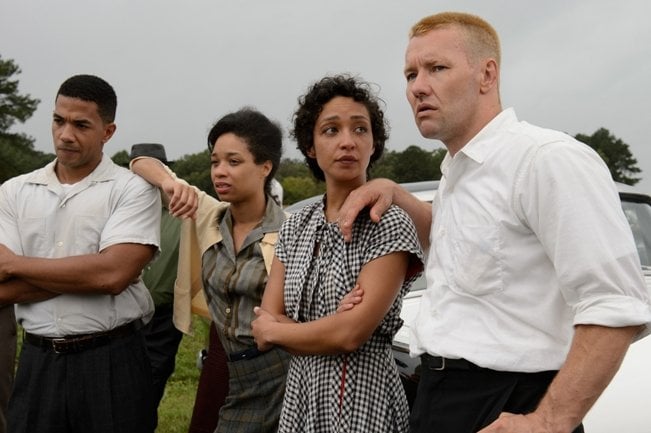
I’ve made five films now and written all of them. I’ve been fortunate enough to keep creative control over my work, and that’s because I’ve kept control of the stories themselves.
My ideas all come from different places. My first film, Shotgun Stories, came from a song by the Drive-By Truckers called “Decoration Day” about a feud in the South. I thought, “What would a present day version of that look like?” For my second, Take Shelter, I was struck by an image of a man standing over a storm shelter with the doors open, looking down. I wasn’t sure if he was going in or coming out. Sometimes I get freaked out about the end of the world and wish I had a storm shelter in my backyard. I thought, “What if a guy took that to an extreme?” With my third film, Mud, there was a book at the library in Little Rock with pictures of people who made their livings off the river, and I saw a photograph of a guy diving for mussel shells to sell to the Japanese to make cultured pearls. I was fascinated by it and decided to build a whole film around that.
The point is: Inspiration is all around you. It’s bouncing off the walls. An image pops into your head—and you have to be in a position to be open to it. Be willing to drive around and get lost in the idea for a little while, and see if it takes you anywhere. The fact is, a lot of people have ideas, but I’ve conditioned myself, as a storyteller, to latch onto ideas and explore them. Sometimes they run their course. Sometimes they turn into a whole film.
Also: It’s never just one idea, dropping out of the sky and hitting you on the head. One interesting idea in and of itself rarely does the trick. It’s a combination of multiple things. I get three, four, five, disparate threads going on in my life, and when I put them together, that’s when a unique story starts to present itself.
Don’t think about what the industry wants out of you, or what was successful last week. That’s a real fool’s game, though it’s tempting. Which is not to say “don’t think about what the audience wants”—that’s important; Hitchcock was very good at it. But what the audience wants and what the industry wants are two different things.
Plot comes second to me. It’s what keeps the wheels on the bus, but the real heart and soul of a film is two characters, why they’re doing what they’re doing, and how things impact them emotionally.
I like an engine that’s running. Do the work—know where your characters are coming from—then try to land in the middle of it. My recent film, Loving—a very quiet, slow film—jumps right into the deep end with the protagonists, the Lovings. There are narrative advantages to this: One, you leapfrog boring stuff. Two, it puts your audience on their heels. You want them playing catch-up. When they get ahead of you, it’s real bad; that’s when people’s minds turn off. I like to imagine that if you hook people’s brains up when they’re watching one of my films, you’ll see their synapses firing all the way through, instead of relaxing into the ease of a narrative they already understand.

Alano Miller, Terri Abney, Ruth Negga and Joel Edgerton in Loving. Photograph by Ben Rothstein / Courtesy of Focus Features
I don’t look at my characters as chess pieces to move around a board. I believe in them; I care for a great many of them. Characters aren’t there for your benefit, to do what you want them to do. If you’ve built them correctly, they’ll start to do what they want to do. And that’s when things get really interesting. MM
– As told to Kelly Leow
This article appears as a chapter introduction in MovieMaker‘s Complete Guide to Making Movies 2017. Loving opens in theaters November 4, 2016, courtesy of Focus Features.
Share:

